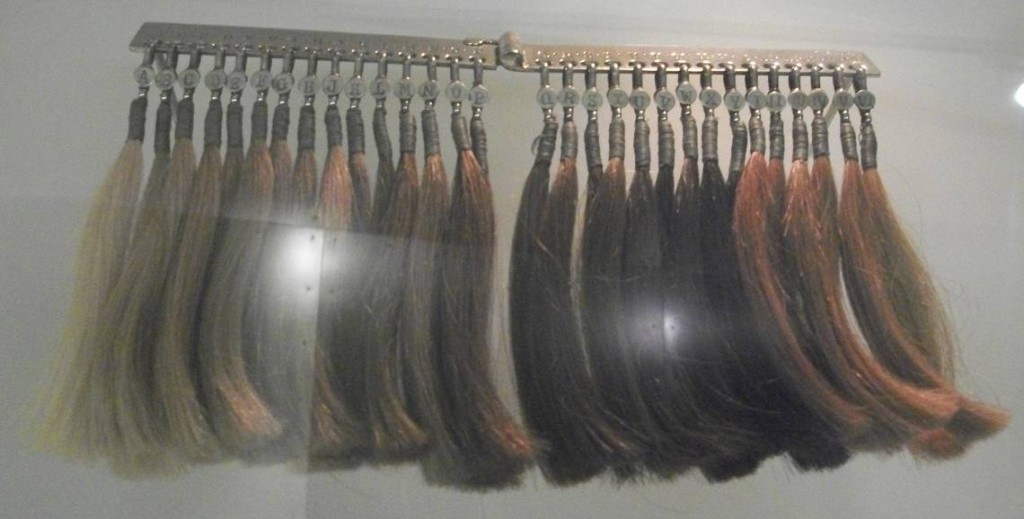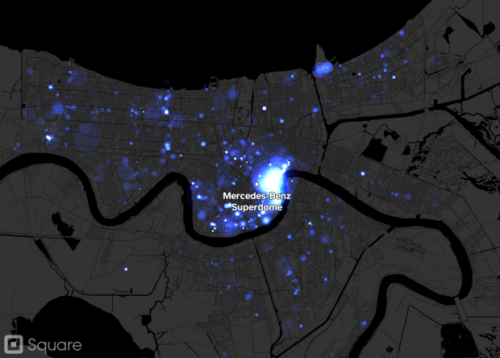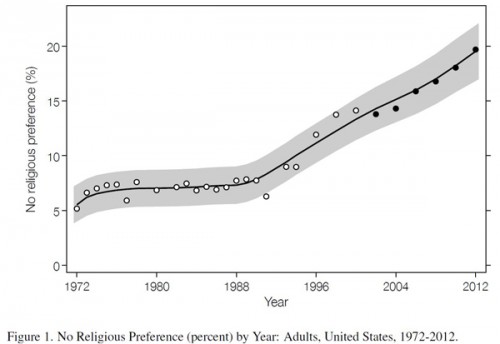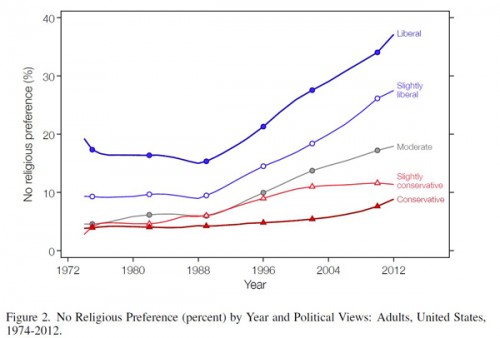Flashback Friday.
Adolf Hitler targeted the Jews in the Holocaust not simply out of hate, but for strategic reasons. Describing his plan to take over Germany, and then Europe, he wrote:
I scanned the revolutionary events of history and… [asked] myself: against which racial element in Germany can I unleash my propaganda of hate with the greatest prospects of success? …I came to the conclusion that a campaign against the Jews would be as popular as it would be successful.
Jews, Hitler figured, were already well hated and, thus, would lend themselves to demonization quite easily.
Once it was decided that the Jews would be targeted, wrote Ronald Berger writes in his essay The “Banality of Evil” Reframed:
the most immediate difficulty that confronted the Nazis was the construction of a legal definition of the target population.
Who was Jewish?
At first, the Nazis defined Jews as non-Aryan. But this became problematic because nations with whom Germany wanted to ally (e.g., Japan) were arguably non-Aryan.
So, the regime settled on a definition that linked non-Aryan-ness to religion. Both racial and religious characteristics could qualify one as “Jewish.”
Like the rules of hypodescent that separated black from white in the U.S. during and after slavery, the Nazis had rules as to what percentage of Jewish blood one needed to have to be truly Jewish. Berger explains that a Jew was defined as a person who was 3/4ths Jewish or more. The term mischling worked like the U.S. word mulatto to identify a person with mixed blood (in this case, someone who was 1/2 Jewish and also was married to a Jew or practiced Judaism).
The next step was measurement. In confusing cases, how could the Nazi’s prove that someone was Jewish or mischling? They developed instruments. These photographs (mine) are from a museum in Munich that has collected some of the instruments used to place a person on the Aryan/non-Aryan spectrum.
An instrument for measuring facial features:
Instruments for measuring skin, eye, and hair color:

This is just one more example of the way in which racial categories are constantly being invented and reinvented, usually for reasons related to power. For others, see our recent post on the deracialization of Irish dance, the shifting meanings of Creole, and the way Census data collection changed race in an instant.
Originally posted in 2009.
Lisa Wade, PhD is an Associate Professor at Tulane University. She is the author of American Hookup, a book about college sexual culture; a textbook about gender; and a forthcoming introductory text: Terrible Magnificent Sociology. You can follow her on Twitter and Instagram.













